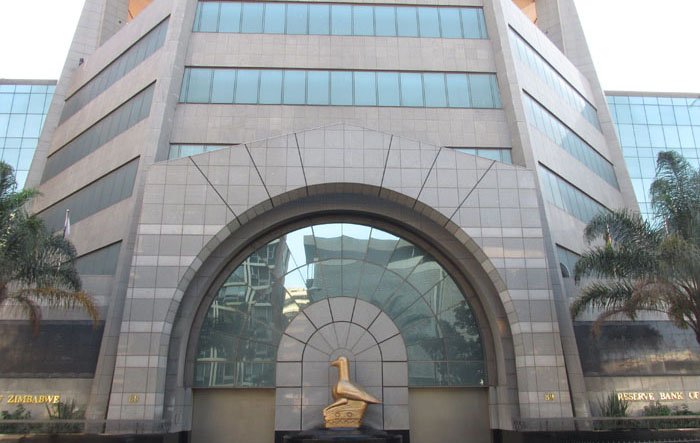Micro-finances close shop
Zimbabwe’s 31 micro finance institutions closed down last year due to destructive coronavirus pandemic, the Reserve Bank of Zimbabwe has said.
The micro-finance sector plays a critical role in promoting access to finance to the marginalised segments and in supporting the micro, small and medium enterprises.
It is key in promoting financial inclusion.
Zimbabwe’s informal and small to medium enterprises are among businesses whose activities were severely disrupted by lockdown measures meant to curb the spread of the Covid-19.
Most of Zimbabwean citizens survive through informal trading and some businesses which qualifies to be SMEs are not registered.
According to a recent report by the World Bank, at least 94,3 percent of Zimbabwe’s economically active population is employed or self-employed within the formal and informal sectors, giving an official unemployment rate of 5,7 percent.
“A total of 31 micro-finance institutions ceased operations during the course of 2020 citing viability challenges arising from constrained funding and low business volumes compounded by the Covid-19 pandemic,” the central bank said.
“The ‘high-touch’ business model adopted by a number of micro-finance institutions, which entails physical visits and meetings with clients, presented challenges during the Covid-19 pandemic with respect to disbursement of loans and collections of repayments.”
All the six operating deposit taking micro finance institutions (DTMFI) were compliant with the minimum regulatory capital requirement of $5 million.
The aggregate capitalisation levels for the DTMFI sub-sector improved as reflected by a 74,2 percent increase in core capital to $524,2 million as at 31 December 2020.
The increase was largely attributed to organic capital growth coupled with fresh capital injections in the relatively new DTMFIs, the central bank said.
The DTMFI sub-sector recorded a 138,9 percent growth in total loans to $320,9 million during the half year ended 31 December 2020.
Credit risk as measured by Portfolio at Risk (PaR) ratio (>30 days) improved from 17 percent to 6,5 percent during the same period.
The improvement was due to relaxation of Covid-19 induced restrictions, which enabled clients to resume operations as well as enhanced collection efforts.
Total DTMFIs deposits increased by 187,8 percent to $239,1 million.
“There is still need for the sub-sector to grow its deposit base to sustainable levels,” said the RBZ.
Earnings for the year ended December 31, 2020 improved as evidenced by the improvement in operational self-sufficiency and return on equity ratios.
Aggregate DTMFI sector profits amounted to $140,5 million, representing a seven times increase from $17,4 million reported for the corresponding period in 2019.
The growth was largely driven by revaluation gains on investment properties. Operational self-sufficiency and return on equity ratios improved from 122,6 percent and 9,5 percent to 128,1 percent and 9,7 percent, respectively.
Meanwhile the RBZ has reviewed the implementation of the first phase of the National Financial Inclusion Strategy (2016-2020) and will publish the National Financial Inclusion Journey (2016-20) Report.
The report will outline the progress made in improving access to financial services through digital financial services, product innovation, financial literacy and consumer protection, establishment of low cost bank accounts, and establishment of women desks and SME units in most of the banking institutions.
The central bank has commenced the drafting of the second phase of the National Financial Inclusion Strategy (NFIS 2) and will be engaging key stakeholders to develop a comprehensive strategy supportive of the National Development Strategy 1.
The National Development Strategy 1 identifies financial inclusion as a critical catalyst in promoting inclusive economic growth.-herald.cl.zw









